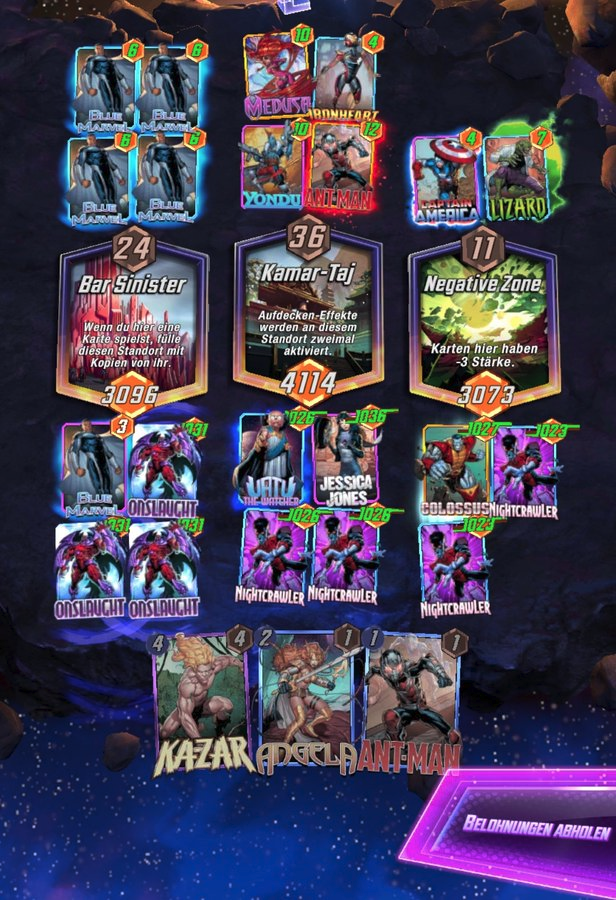As game developers, we often focus on the wrong things which can lead to not achieving our objectives. We might worry about having the wrong team or not having enough time or money, but there is one thing that we don’t talk about enough: production choices.
In f2p, a mistake is to focus on developing development tools without first having a profitable game. For example, if you have a game with characters with their stats, you might develop a tool that allows you to update and set those statistics. But if the game itself doesn’t work, then that tool will have been a wasted effort.
In the past, it was common for developers to create an engine for a series of games. It meant investing a lot of time and money into something that hadn’t been proven to work. The development team would then focus on making the best engine rather than the game itself.
The great masters of game development have always said that the key is to focus on the game itself. The tools should be developed to support the game, not with plans for possible “plan B” games in mind. There are countless examples of games that were unknown or failed, but had great tools behind them.
In short, it’s important to focus on the game itself over the development tools. Only by doing so can we achieve our objectives and make great games.

